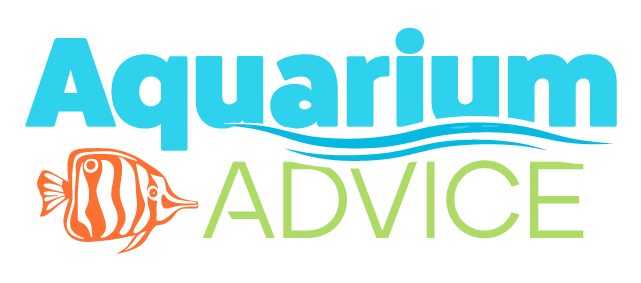The Twinspot goby is from the Western Pacific region where it is found in lagoons on sand and coral rubble substrates at depth of 1 to 100 feet where it continually sniff the sand looking for food.
Species name: Signigobius biocellatus
Common names: Signal goby, Twinspot goby, Crabeye Goby
Family: Gobiidae (Gobies)
Subfamily: Gobiinae
Order: Perciformes (perch-likes)
Class: Actinopterygii (ray-finned fishes)
Maximum length: 3.9 in.
Minimum tank size: 30 gallon
Hardiness: Medium to difficult
Aggressiveness: Peaceful. Do not keep it with any aggressive fish, including food competitors.
Reef Compatibility: Yes. Harmless with corals and clams but may eat small crustaceans.
Distribution: Western Pacific: Philippines to the Solomon Islands and Vanuatu, south to the southern Great Barrier Reef; Palau in Micronesia.
Diet: Feeds on small interstitial invertebrates by sifting mouthfuls of sand. Its diet should include a variety of live and frozen vitamin-enriched brine shrimp, mysis shrimp, live black worms, and prepared foods for carnivores. Unfortunately, many die from starvation in captivity. Live brine shrimp and black worms can be used to induce feeding in finicky individuals. Once eating, try to vary the diet as much as possible. Because the Twinspot goby have a large appetite, a populated refugium attached to the main tank will help by providing constant food supply in order for them to maintain their body mass. Feed twice a day.
Additional information: The Twinspot goby is from the Western Pacific region where it is found in lagoons on sand and coral rubble substrates at depth of 1 to 100 feet where it continually sniff the sand looking for food. It occupy burrows used for shelter and reproduction. Its head and body are white splattered with orange markings. It is easily identified by its large erect dorsal fins, distinctly marked by eyespots. When another fish sees the eye spots, it is fooled into thinking that the Twinspot goby is a much larger fish.
Its feeding behavior can be helpful for the home aquarium as it will prevent the development of “dead spots” in the substrate. They do best in pairs and usually do not live long if they are separated.
The ideal aquarium should have live sand as substrate, plenty of places to swim and live rock under which to burrow and hide. Because the Twinspot goby have a large appetite for small invertebrates, a populated refugium attached to the main tank will help by providing constant food supply.
Water temperature should be at 72 to 78° F with a specific gravity of 1.020 to 1.025 and pH between 8.1 and 8.4.
Article source: http://www.aquariumslife.com
